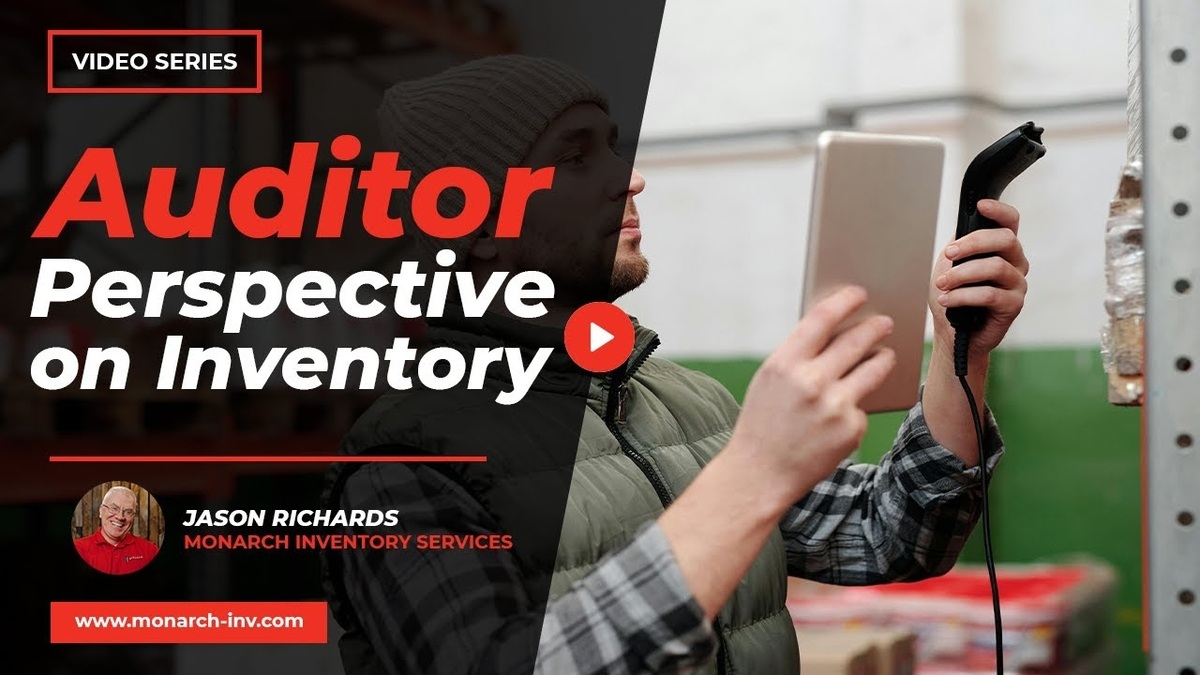Some companies struggle to tell the difference between short-term supplies and long-term tools. Understanding what your key resources are and which ones count as fixed assets is an important step toward better organization.
Below, we’ll explain how they work and why tracking them matters.
Why Fixed Assets Are Not the Same as Inventory
Inventory and fixed assets serve different purposes. Inventory is sold to customers. Fixed assets are used within your operations to create value over time.
Fixed Assets Support Daily Operations
Fixed assets are long-term resources. You use them to support employees, produce goods, or manage services. Some examples include:
- Work trucks or delivery vans
- Manufacturing machines
- Office furniture
- Company laptops and printers
- Warehouse systems
These items stay with your team and are not sold like regular products.
Inventory Helps Generate Sales
Inventory is bought and held so it can be sold later. In many companies, inventory includes:
- Raw materials
- Work-in-progress (WIP) parts
- Finished goods
The goal is to boost your return on investment (ROI). Sell more. Store less. Fixed assets, on the other hand, are measured based on how long they add value.
What Are Fixed Assets Used For in Accounting?
In accounting, fixed assets are recorded on your balance sheet. They lose value over time through depreciation. This must be tracked correctly to meet reporting rules.
How Depreciation Works
Say you buy a forklift for $5,000. It’s expected to last five years. Every year, it loses some of its value:
- Year 1: $5,000
- Year 2: $4,000
- Year 3: $3,000
- Year 4: $2,000
- Year 5: $1,000
This drop in value shows the asset is being used. After five years, the forklift is either replaced or listed at a lower value.
Key Takeaway: Depreciating assets correctly helps you stay compliant and keeps your financials accurate year after year.
Need expert help with fixed asset tracking? Contact Monarch for a free consultation. We help companies list, tag, and audit fixed assets across all locations. From start to finish, we’ll make sure your records are correct.
How Do You Track Fixed Assets?
Most companies set a limit, like $5,000 or $10,000, to decide what counts as a fixed asset. Items over that amount are tracked and labeled.
What is an Asset Tag?
An asset tag is a label with a number. It helps you track the item’s value, location, and usage. It usually includes:
- Purchase cost
- Asset location
- Useful life or depreciation rate
- Unique identification code
This tag makes it easy to confirm if the item still exists and is accounted for.
Pro Tip: Audit your fixed assets at least once a year to avoid losses and keep your records current.
Why Fixed Assets Matter to Your Business
Your fixed assets affect your financial strength. Auditors and investors review them to help value your company. Missing or misreported assets hurt your credibility.
We’ve worked with firms managing over $1 million in fixed assets across hundreds of items. In one case, our team verified each asset in person. That gave leadership confidence ahead of a financial review.
Key Takeaway: Accurate fixed asset records support better decision-making and help protect your business during financial audits.
Final Thoughts: Stay Organized and Audit-Ready
Fixed assets may not change hands often, but they shape your daily operations and long-term value. Treat them as key parts of your business, not just numbers on paper.
Want to get your asset tracking process on the right path? Call Monarch today for expert help and a clear strategy.



